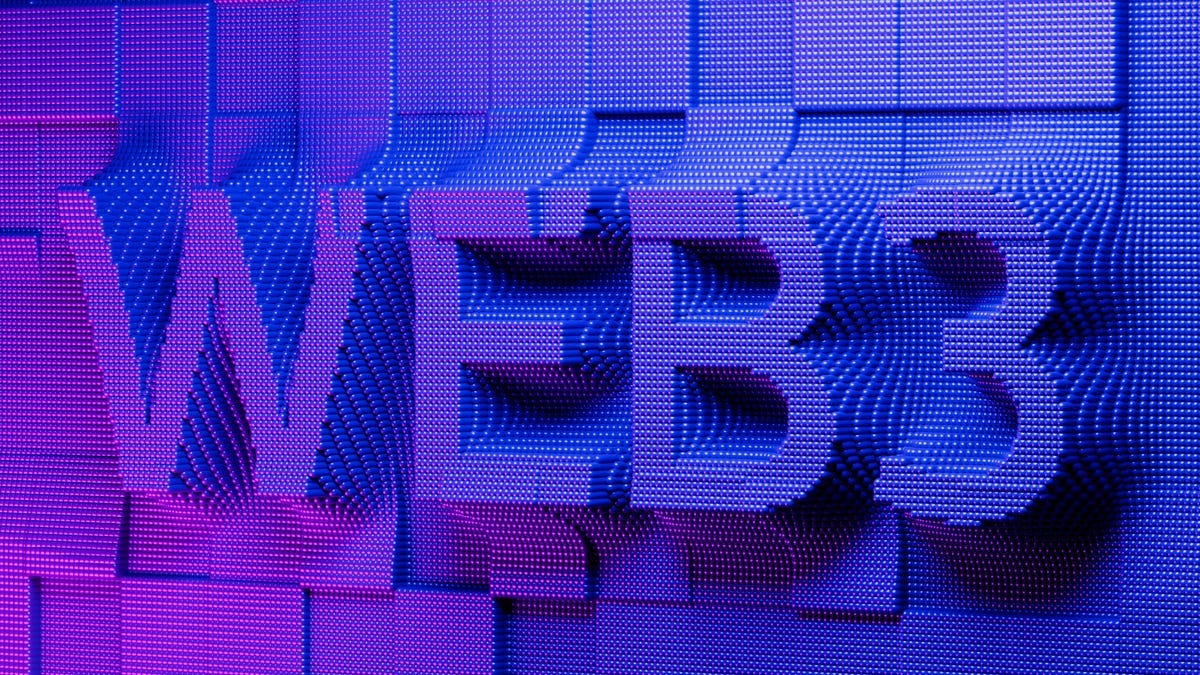


The digital landscape is on the cusp of a paradigm shift. Web 3.0, with its emphasis on decentralization, user ownership, and interoperability, promises a more democratic and secure online experience. However, bridging the gap from the familiar confines of Web 2.0 requires thoughtful user experience (UX) design.
Web 2.0 users are accustomed to a platform-centric model. Data is often siloed and controlled by large corporations, leading to privacy concerns and a sense of powerlessness. Web 3.0 disrupts this paradigm by empowering users with ownership of their data and interactions. As UX designers, we must acknowledge this shift and create a user journey that fosters trust and understanding.
1.Cognitive Continuity: Leveraging familiar design patterns and terminology from Web 2.0 creates a sense of comfort for users transitioning into Web 3.0. This doesn't mean replicating the past, but rather building upon existing knowledge to introduce new concepts incrementally.
2.Transparency by Design: Web 3.0 thrives on trust. Users need clear and concise information about how their data is used, stored, and secured within decentralized networks. Employing data visualizations and interactive elements can empower users to make informed decisions about their digital footprint.
3.Progressive Onboarding: The learning curve associated with Web 3.0 concepts can be daunting. Gamified onboarding experiences, with bite-sized tutorials, interactive challenges, and milestone rewards, can make the process engaging and rewarding, fostering user retention.
Beyond user onboarding, let's consider how design can shape the future of Web 3.0:
1.Immersive Experiences: The integration of VR and AR technologies can unlock new possibilities for user interaction within Web 3.0 environments. Design interfaces that not only display information but allow users to truly participate in the decentralized world.
2.Community-Centric Design: Decentralization fosters collaboration and shared ownership. Design interfaces that facilitate communication, content creation, and a sense of belonging within Web 3.0 communities.
3.Device Agnostic Design: The future is multi-device and multi-dimensional. Design experiences that seamlessly adapt to different platforms, from smartphones and desktops to AR glasses and beyond.
By embracing these design principles, we can create a Web 3.0 user journey that is not only functional but fosters trust, empowerment, and a sense of ownership. As UX designers, we have the power to bridge the digital divide and usher in a more secure and user-centric online future.